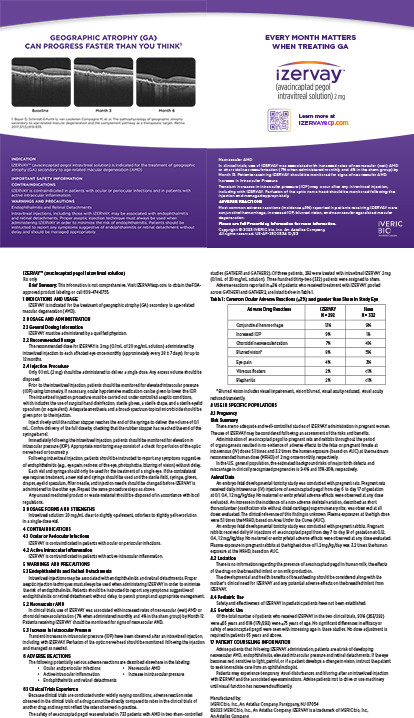1. How did you become involved in ophthalmology?
Like most of my colleagues, I was drawn to ophthalmology for its technical and microsurgical components and quickly decided that I wanted to focus my attention on this specialty. I started my medical career at the Justus Liebig University Eye Hospital in Giessen, Germany, and then moved to Mainz, Germany, where I worked as Head Physician at Johannes Gutenberg University Eye Hospital for 10 years. During that time, I also traveled to the US to work on specific research projects and histology. Additionally, I earned an upgrade in my ophthalmic education while performing all types of ophthalmic surgery—from refractive and phakic lens surgeries to cataract, glaucoma, keratoplasty, pediatrics, reconstruction of difficult anterior segment problems, and posterior segment surgeries including buckling surgeries; I have covered the entire spectrum throughout my career.
It is a great honor for me to currently serve as a Full Clinical Professor and Chairman of the Ruhr University Eye Hospital in Bochum, which covers approximately 3 million people in Düsseldorf, Germany, and the surrounding area. I perform approximately 2,500 anterior segment surgeries and several hundred vitreoretinal surgeries annually.
2. What is the focus of your current research?
Since I moved from a glaucoma department, I have researched everything from the retina to cataracts. My specialty is in ophthalmic viscosurgical devices, and I have written several books and had over 150 peer-reviewed articles published on my work in anterior segment surgery and basic research.
My colleagues and I recently received an ESCRS award for the development of a computer simulation for iris fixation with phakic lens implants. We are also researching coaxial versus biaxial microincisional cataract surgery and the appropriate IOL technology, especially in the case of multifocal lens technology.
Another topic of interest, especially in Germany, is the use of femtosecond lasers to treat the cornea and presbyopia. With the support of the German Health Ministry, we are one of the leading hospitals in a study of the effects of making cuts in the natural lens (with the femtosecond laser) to elevate the amount of natural accommodation.
3. Is there one specific technology that you believe could change the future of ophthalmology?
The development of the femtosecond treatment is an attractive one. If it works, it would cure presbyopia, which affects millions of people worldwide. If this could be done without the induction of cataract, it would be a huge breakthrough. It is, however, purely research at the moment. We anticipate beginning treatment in patients in the next 2 or 3 years.
Other advances with the femtosecond laser could offer new methods of penetrating and lamellar keratoplasty. I am extremely interested in examining this area for potential future applications.
4. What do you consider to be the largest challenge in the technology of refractive surgery?
I believe that the technology of refractive surgery is well advanced, with future but foreseeable advances adding to its value. For example, we have made great strides with the advent of continuous eye tracking and iris registration. Wavefront technology has seen improvements in resolution, and mechanical microkeratomes are being replaced by femtosecond laser flap treatments.
Still, the greatest challenge we face is in the area of phakic lenses. Although I see a great potential and widespread use in the future, there is room for improvement in the toric, aspheric, and multifocal lens applications and technologies.
5. What advice would you give to the next generation of ophthalmologists?
I have heard it said by people in this field that everything has a little room for further improvements. I believe, however, that there is always sufficient room for good ophthalmologists and that there will always be interesting topics for basic and clinical research. We are currently seeing that we can achieve better results even in old procedures, like cataract surgery. Here, we now know how to lower endophthalmitis rates and prophylaxis. We have moved from coaxial and microcoaxial to biaxial technology with 1.8-mm incisions.
Because of this, I would tell ophthalmologists to continue to research new technologies and procedures from all angles and to strive to advance patients' and physicians' satisfaction.
This article was reprinted with permission from Cataract & Refractive Surgery Today Europe's October 2007 issue.


